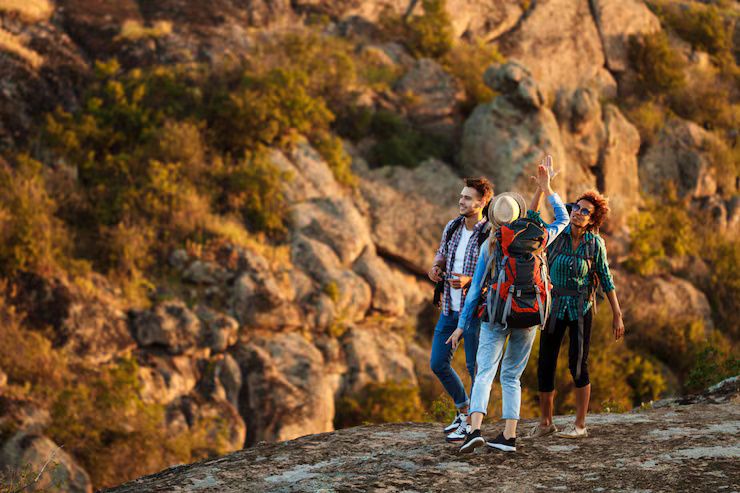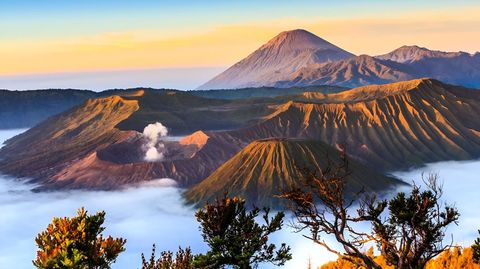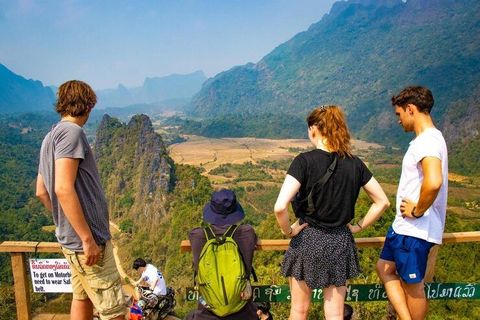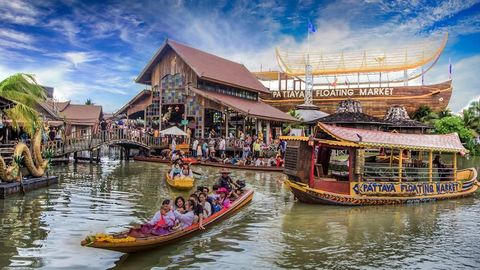Top destinations for adventure travel enthusiasts
Adventure travel refers to journeys that involve exploration, physical activity, and outdoor environments. It exists as a response to people seeking experiences beyond traditional sightseeing, encouraging them to engage with nature, culture, and challenging activities.
Adventure destinations have grown in popularity due to travelers’ desire for unique, meaningful experiences. These destinations range from mountain regions and tropical forests to deserts, oceans, and remote cultural areas. Popular activities include hiking, scuba diving, wildlife encounters, climbing, and snow-based adventures.
The concept of adventure travel also reflects the global shift toward experiential tourism. Instead of simply visiting landmarks, travelers are choosing immersive activities that promote personal growth, physical challenge, and environmental appreciation.

Importance
Adventure travel matters today because it addresses several key motivations and challenges in modern tourism:
-
Health and Well-Being: Physical activities such as trekking, kayaking, and mountain biking promote wellness and stress relief.
-
Environmental Awareness: Many adventure travel destinations highlight natural landscapes, helping travelers understand ecosystem preservation.
-
Cultural Interaction: Travelers often engage with local communities, supporting traditional knowledge and cultural appreciation.
-
Economic Development: Remote regions benefit from tourism when visitors participate in guided outdoor experiences.
-
Personal Development: Adventure travel offers opportunities for skill-building, confidence improvement, and deeper connections with nature.
This type of travel affects outdoor enthusiasts, backpackers, environmental advocates, fitness travelers, and individuals looking for meaningful global experiences. It solves the growing need for unique, active, and nature-focused travel opportunities.
Recent Updates
Between 2024 and 2025, adventure travel has seen several important changes and trends:
-
Growth in eco-conscious travel (2024): Many travelers now prefer destinations with environmentally responsible practices.
-
Increase in digital navigation tools (2025): Apps offering real-time trail maps, weather alerts, and safety updates have improved the adventure experience.
-
Expansion of remote travel interest (2024–2025): Locations such as Patagonia, Mongolia, and the Arctic have gained attention due to their untouched natural environments.
-
Rise of solo adventure travel (2025): More individuals are exploring remote destinations alone, supported by safer digital planning tools.
-
Climate-adaptation in tourism (2025): Some destinations have introduced new guidelines to protect natural resources from increasing climate pressures.
These updates show that adventure travel continues evolving through technology, sustainability, and global awareness.
Laws or Policies
Adventure destinations around the world are guided by regulations designed to protect natural environments and ensure traveler safety. These include:
-
National Park Permits: Countries like the United States, Canada, Nepal, and New Zealand require permits for trekking, camping, or entering protected areas.
-
Wildlife Protection Laws: Safaris and wildlife adventures follow strict animal protection and viewing-distance guidelines.
-
Environmental Preservation Rules: Many nations enforce “Leave No Trace” principles and limit visitor numbers to fragile ecosystems.
-
Safety Regulations: Adventure activities such as diving, climbing, and paragliding are regulated under national safety and equipment standards.
-
Cultural Heritage Protection: Indigenous lands and cultural sites require respectful access policies and sometimes guided entry.
In 2025, many countries strengthened conservation rules to safeguard forests, coral reefs, glaciers, and high-altitude regions from overuse.
Tools and Resources
Several digital tools and resources help adventure travelers plan responsible and safe trips:
-
Navigation and Trail Apps: AllTrails, Komoot, Gaia GPS
-
Weather and Safety Apps: AccuWeather, Windy, NOAA Global Forecast
-
Wildlife and Nature Guides: iNaturalist, Seek by iNaturalist, regional park websites
-
Cultural and Geographical Platforms: UNESCO Heritage Maps, local tourism authorities
-
Packing and Planning Tools: Printable checklists, altitude calculators, travel journals
-
Environmental Tracking Tools: Carbon footprint estimators to plan eco-friendly travel decisions
These resources support travelers in route planning, safety preparation, environmental learning, and responsible decision-making.
Example Table: Popular Adventure Destinations and Their Signature Activities
| Destination | Type of Environment | Key Activities |
|---|---|---|
| Patagonia (Chile/Argentina) | Mountains, glaciers | Trekking, ice hiking |
| New Zealand | Alpine, coastal | Bungee jumping, kayaking |
| Nepal | Himalayas | High-altitude trekking |
| Costa Rica | Rainforest, volcanoes | Ziplining, wildlife exploration |
| Iceland | Glaciers, volcanic fields | Ice caves, geothermal hiking |
| South Africa | Plains, mountains | Wildlife safaris, diving |
| Japan | Mountain ranges, forests | Hiking, canyoning |
FAQs
Which destinations are best for first-time adventure travelers?
Regions such as New Zealand, Costa Rica, and Iceland are ideal for beginners because they offer accessible trails, strong safety standards, and clear visitor information.
Are permits required for adventure activities?
Yes, many destinations require permits for trekking, camping, diving, or entering protected natural areas. Requirements vary by country and ecosystem sensitivity.
Is adventure travel safe for solo travelers?
Yes, with proper planning, navigation tools, and adherence to local rules. Many solo travelers choose well-developed destinations with marked trails and safety monitoring systems.
What is the best time to visit adventure destinations?
Timing depends on climate. For example, Nepal’s trekking season peaks in March–May and October–November, while Patagonia is best visited between November and March. Always check weather patterns before planning.
How has technology improved adventure travel?
Digital maps, safety alerts, location-sharing tools, and offline navigation apps have made remote travel safer and more predictable.
Conclusion
Adventure travel continues to grow as travelers seek deeper connections with nature, culture, and meaningful experiences. From Himalayan trekking routes to volcanic landscapes and wildlife-rich reserves, the world offers countless destinations for outdoor exploration.
In 2025, adventure travel is shaped by eco-conscious behavior, digital planning tools, and global efforts to protect natural environments. Regulations help maintain safety and preserve fragile ecosystems, while digital resources empower travelers to explore responsibly.






